HTML
--> --> -->New generation facilities, such as the Facility for Rare Isotope Beams (FRIB) at Michigan State University and the Radioactive Isotope Beam Factory (RIBF) at RIKEN, have helped in conducting studies of nuclei up to extreme isospin symmetry in the last two decades [10–13]. At the RIBF, the heaviest fluorine and neon isotopes were recently determined to be 31F and 34Ne [14], extending the neutron drip line from
Numerous theoretical studies on the location of the neutron drip line have been conducted. Table 1 presents a partial list of various theoretical predictions in comparison with the experimental data. Clearly, not all of the theoretical results agree with those of the experiments and with each other. This is well understood, as the exact location of the neutron drip line is sensitive to the details of the structure of nuclei, such as the shell evolution, coupling between the continuum and bound states, deformation effect, and three-body force. For example, the authors of Ref. [47] argued that the neutron drip line is related to closing (sub)shell orbitals, and therefore, the drip line of fluorine and neon may be due to the closure of the
| theory | experiment | |
  | 24O [20, 21], 26O [22], 28O [7, 8, 23-26] | 24O [15-18, 27 28] |
  | 29F [7, 8, 21, 23, 24], 31F [29, 30], 33F [31] | 31F [14, 27] |
  | 30Ne [25], 32Ne [32], 34Ne [7, 8, 20, 21, 24, 29, 31, 33, 34], 38Ne [35], 40Ne [23], 42Ne [26] | 34Ne [14] |
  | 37Na [21, 33, 34], 39Na [25], 45Na [26, 36] |   |
  | 40Mg [21, 29, 37-41], 42Mg [25, 42-45], 44Mg [46], 46Mg [26, 35, 45] |
Table1.Last bound neutron-rich nuclei with
At the mean field level, pairing correlations and continuum effects play an important role in describing the ground-state properties of drip-line nuclei [23, 52-64]. Pairing correlations are responsible for scattering nucleon pairs located at the single-particle level below the Fermi surface into the level above with low orbital angular momentum. Although the Bogoliubov method is arguably more appropriate to deal with the pairing correlations in dripline nuclei [57, 65], the BCS method, if treated properly, can offer a reasonable description [66–69]. However, both methods have the drawback that the particle number is not conserved. Around the Fermi surface, only few nucleons play an important role in determining the properties of neutron-rich nuclei, and the non-conservation of particle number may become particularly relevant. Therefore, the restoration of the particle number conservation is preferred, as shown in the present study.
Based on these considerations, in the present work, we study fluorine, neon, sodium, and magnesium isotopes in the relativistic mean field model and employ the recently developed particular number conservation BCS (FBCS) approach to deal with pairing correlations [70]. We focus on the differences between the results obtained by the RMF+BCS and RMF+FBCS approaches to explore the relevance of the latter in the description of neutron-rich nuclei and in terms of predicting the location of the neutron drip line.
This paper is organized as follows. In Sec. 2, we briefly describe the relativistic mean field model and the FBCS approach. In Sec. 3, we present the results for fluorine, neon, sodium, and magnesium isotopes and discuss the differences between the BCS and FBCS approaches. A short summary and outlook are provided in Sec. 4.
$ \begin{split} {\cal{L}} =&\bar{\psi}[{\rm i}\gamma^\mu\partial_\mu-M-g_\sigma\sigma -\gamma^\mu(g_\omega\omega_\mu+g_\rho\vec {\tau}\cdot p\vec{\rho}_{\mu}\\ &+e\frac{1-\tau_3}{2}A_\mu) -\frac{f_\pi}{m_\pi}\gamma_5\gamma^\mu\partial_\mu \overrightarrow{\pi}\cdot p\overrightarrow{\tau}]\psi\\ &+\frac{1}{2}\partial^\mu\sigma\partial_\mu\sigma-\frac{1}{2}m_\sigma^2\sigma^2 -\frac{1}{3}g_{2}\sigma^{3}-\frac{1}{4}g_{3}\sigma^{4} \end{split} $  |
$ \begin{split}& \;\;\;\;\;\;\;\;\;-\frac{1}{4}\Omega^{\mu\nu}\Omega_{\mu\nu}+\frac{1}{2}m_{\omega}^2\omega_\mu\omega^\mu +\frac{1}{4}c_{3}(\omega^{\mu}\omega_{\mu})^{2}\\ &\;\;\;\;\;\;\;\;\;-\frac{1}{4}\vec{R}_{\mu\nu}\cdot p\vec{R}^{\mu\nu}+\frac{1}{2}m_\rho^2\vec{\rho}^\mu\cdot p\vec{\rho}_\mu +\frac{1}{4}d_{3}(\vec{\rho}^{\mu}\vec{\rho}_{\mu})^{2}\\ &\;\;\;\;\;\;\;\;\;-\frac{1}{4}F^{\mu\nu}F_{\mu\nu}, \end{split} $  | (1) |
In the present study, we employ the parameter set PK1 [80] for the mean-field effective interactions. The PK1 parameter set is obtained by fitting to the masses of a number of spherical nuclei and the compression modulus, baryonic density at saturation, and asymmetry energy of nuclear matter. It could provide a description of both the empirical properties of nuclear matter and the ground-state properties of finite nuclei better than most other parameter sets of the same group [80]. Because our main interest is to study the impact of the pairing correlation, particularly the particle number conservation, on the prediction of the dripline, we should only compare results obtained with the same mean-field effective force. Nevertheless, we performed studies using the NL3 parameter set, as in Ref. [70], and our conclusion remains qualitatively unchanged. In the future, one may evaluate whether the impact of the particle number conservation on drip-line nuclei remains in the point-coupling version of the RMF model.
From the Lagrangian density, by employing the so-called no-sea and mean-field approximations, the Dirac equation can be obtained for the nucleon, and the Klein–Gordon equations can be obtained for the mesons. These equations can be solved self-consistently either in coordinate space or using the basis expansion method. In the present study, we adopt the harmonic oscillator basis expansion method described in Refs. [81, 82], where the axial deformation degrees of freedom are taken into account. In the numerical calculation, 12 shells are used to expand the fermion fields and 20 shells for the meson fields, which was found to be sufficient for the relatively small mass nuclei of this study [68].
To deal with pairing correlations, we employ the variational BCS approach [83, 84]. To restore the particle number conservation, we adopt the variation after the projection BCS method or the so-called FBCS method, which has been recently implemented in the RMF model [70]. The corresponding FBCS equation reads
$2(\widetilde{\varepsilon_{j}}+\Lambda_{j})\mu_{j}\nu_{j}+\Delta_{j}(\nu_{j}^{2}-\mu_{j}^{2}) = 0, $  | (2) |
$ \begin{split} \widetilde{\varepsilon_{j}} =&(\varepsilon_{j}-G_{jj}\nu_{j}^{2})\frac{R_{1}^{1}}{R^{0}_{0}},\\ \Delta_{j} =&\sum\limits_{k>0}G_{jk}\mu_{k}\nu_{k}\frac{R_{1}^{2}(j,k)}{R^{0}_{0}}(\nu_{j}^{2}-\mu_{j}^{2}),\\ \Lambda_{j} =&\sum\limits_{k>0}(\varepsilon_{j}-\frac{1}{2}G_{kk}\nu_{k}^{2})\nu_{k}^{2}\frac{R^{0}_{0}(R_{2}^{2} -R_{1}^{2})-R_{1}^{1}(R_{1}^{1}-R_{0}^{1})}{(R^{0}_{0})^{2}}\\ &-\frac{1}{2}\sum\limits_{k_{1},k_{2}>0}G_{k_{1}k_{2}}\mu_{k_{1}}\nu_{k_{1}}\mu_{k_{2}}\nu_{k_{2}}\frac{R^{0}_{0}(R_{2}^{3}-R_{1}^{3})}{(R^{0}_{0})^{2}}\\ &+\frac{1}{2}\sum\limits_{k_{1},k_{2}>0}G_{k_{1}k_{2}}\mu_{k_{1}}\nu_{k_{1}}\mu_{k_{2}}\nu_{k_{2}}\frac{R_{1}^{2}(R_{1}^{1}-R_{0}^{1})}{(R^{0}_{0})^{2}}. \end{split} $  | (3) |
$ \Delta =\frac{1}{2}[B(N-1,Z)-2B(N,Z)+B(N+1,Z)],\\ $  | (4) |
  |   |   |   | |
| RMF+BCS |   |   |   |   |
| RMF+FBCS |   |   |   |   |
Table2.Nuclei fitted to fix pairing interaction and corresponding pairing strength
To determine the position of the drip line, we employ one- and two-neutron separation energies, given by Eqs. (5) and (6), respectively, as follows:
$ S_{N}(N,Z) = B(N,Z)-B(N-1,Z), $  | (5) |
$ S_{2N}(N,Z) = B(N,Z)-B(N-2,Z). $  | (6) |
In the following, we mainly concentrate on the odd–even staggerings, one-, and two-neutron separation energies, as the quadrupole deformations and neutron/proton radii of the fluorine, neon, sodium, and magnesium isotopes are almost the same in the RMF+FBCS and RMF+BCS approaches, as shown in Fig. 1. Clearly, most neutron-rich nuclei are deformed.① Therefore, one could imagine that spherical calculations may not be able to correctly predict/reproduce the drip line.
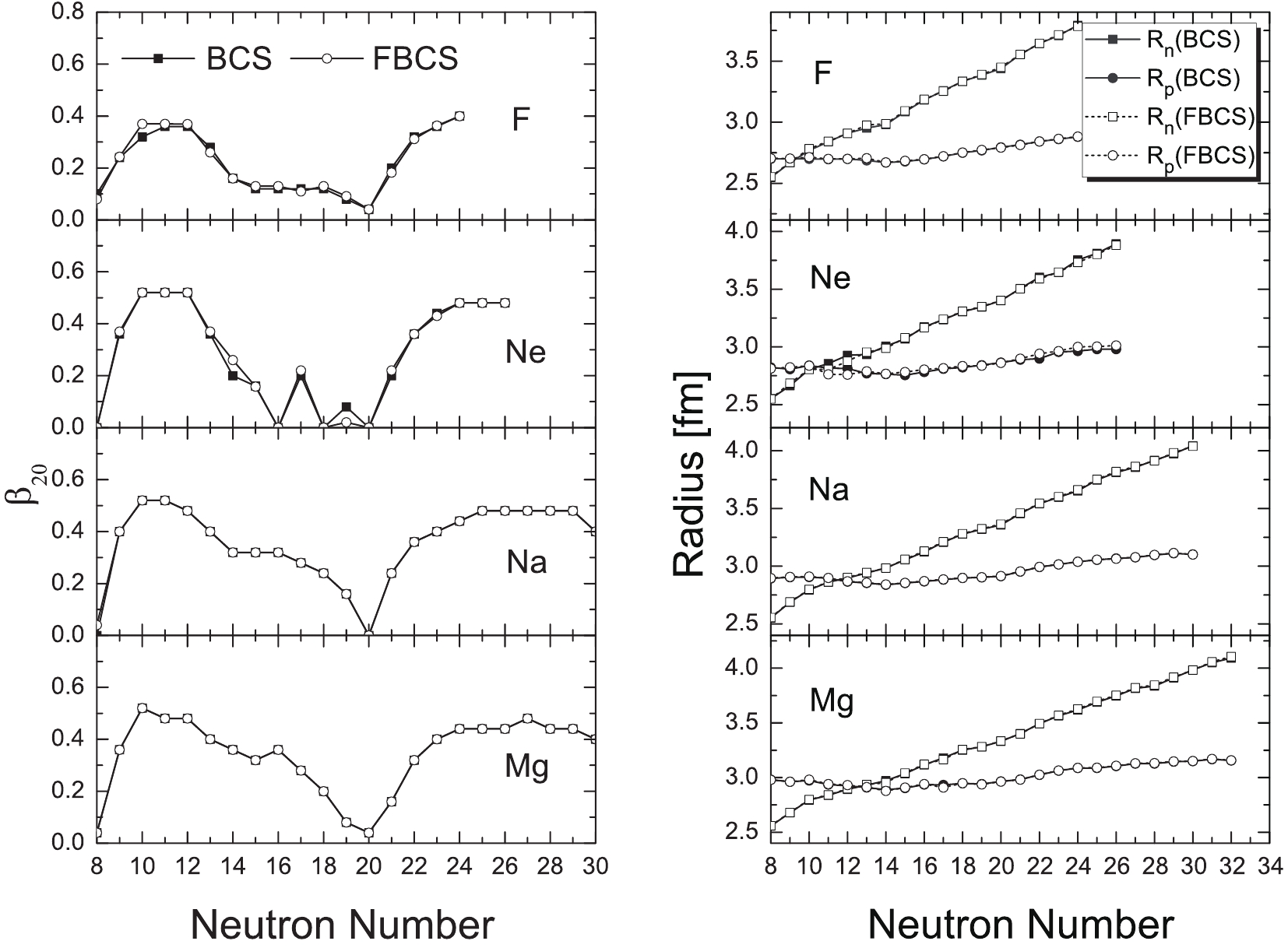 Figure1. Quadrupole deformation parameters
Figure1. Quadrupole deformation parameters 2
3.1.Fluorine isotopes
In Fig. 2, the odd–even mass staggerings of the fluorine isotopes obtained in the RMF+BCS and RMF+FBCS methods are compared with the experimental data. Note that the pairing strengths are fixed by fitting the odd–even mass staggerings of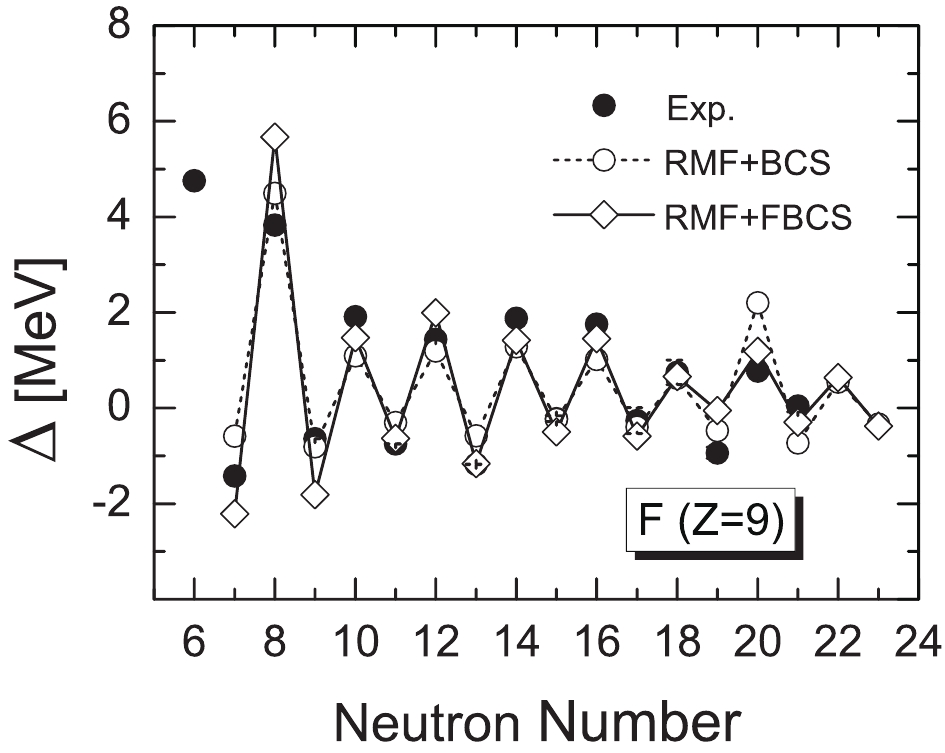 Figure2. Odd–even mass staggerings of fluorine isotopes obtained by RMF+BCS (open circles) and RMF+FBCS (open diamonds) methods, in comparison with experimental data (solid circles) [85].
Figure2. Odd–even mass staggerings of fluorine isotopes obtained by RMF+BCS (open circles) and RMF+FBCS (open diamonds) methods, in comparison with experimental data (solid circles) [85].In Fig. 3, the theoretical one- and two-neutron separation energies of the fluorine isotopes are compared with the experimental data. The two-neutron separation energy is overestimated for
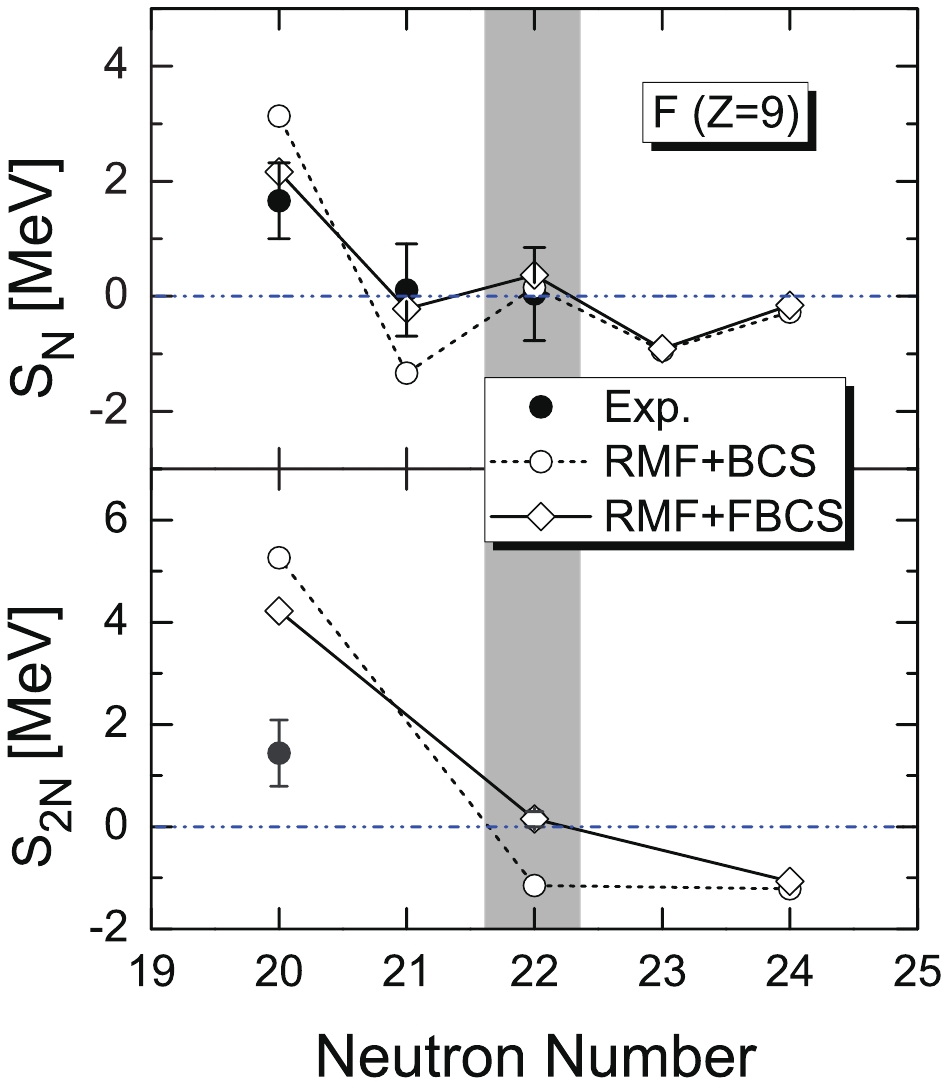 Figure3. One- (top panel) and two-neutron (bottom panel) separation energies of fluorine isotopes obtained by RMF+BCS (open circles) and RMF+ FBCS (open diamonds) methods, in comparison with experimental data (solid circles) [85].
Figure3. One- (top panel) and two-neutron (bottom panel) separation energies of fluorine isotopes obtained by RMF+BCS (open circles) and RMF+ FBCS (open diamonds) methods, in comparison with experimental data (solid circles) [85].In Ref. [47], it was argued that if a nucleus is deformed, the Nilsson model is applicable, and the single-particle states with a given asymptotic quantum number have a degeneracy of two. Then, the drip-line nucleus in the present case would be
It was argued in Ref. [87] that the restoration of particle number before variation can stabilize neutron-rich nuclei, thereby pushing the drip line further away, which agrees with our RMF+FBCS result.
2
3.2.Neon isotopes
In Fig. 4, we demonstrate the odd-even mass staggerings of neon isotopes. The theoretical results are consistent with experimental data, with the exception of 20Ne for the BCS method. We note that in the BCS method, only the orbital Figure4. Same as Fig. 2, for neon isotopes.
Figure4. Same as Fig. 2, for neon isotopes.In Fig. 5, the one- and two-neutron separation energies of neon isotopes are compared with the experimental data. The overall agreement is reasonable, with the exception of 30Ne. For the drip-line nucleus, the BCS method predicts
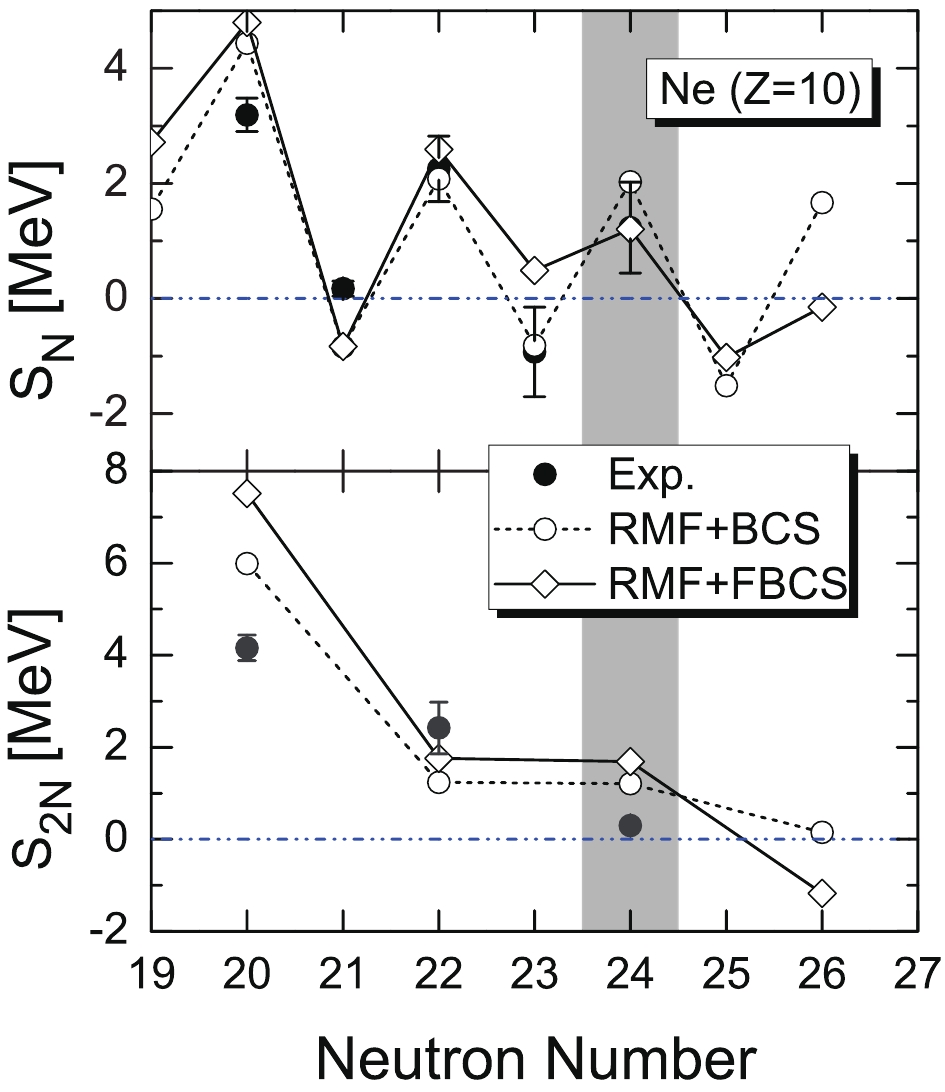 Figure5. Same as Fig. 3, for neon isotopes.
Figure5. Same as Fig. 3, for neon isotopes.2
3.3.Sodium isotopes
In Fig. 6, we show the odd–even mass staggerings, and in Fig. 7, the one- and two-neutron separation energies of the sodium isotopes in comparison with the experimental data are shown. Interestingly, both the FBCS and BCS methods indicate that 39Na is the last bound sodium isotope from the perspective of the two-neutron separation energy, though the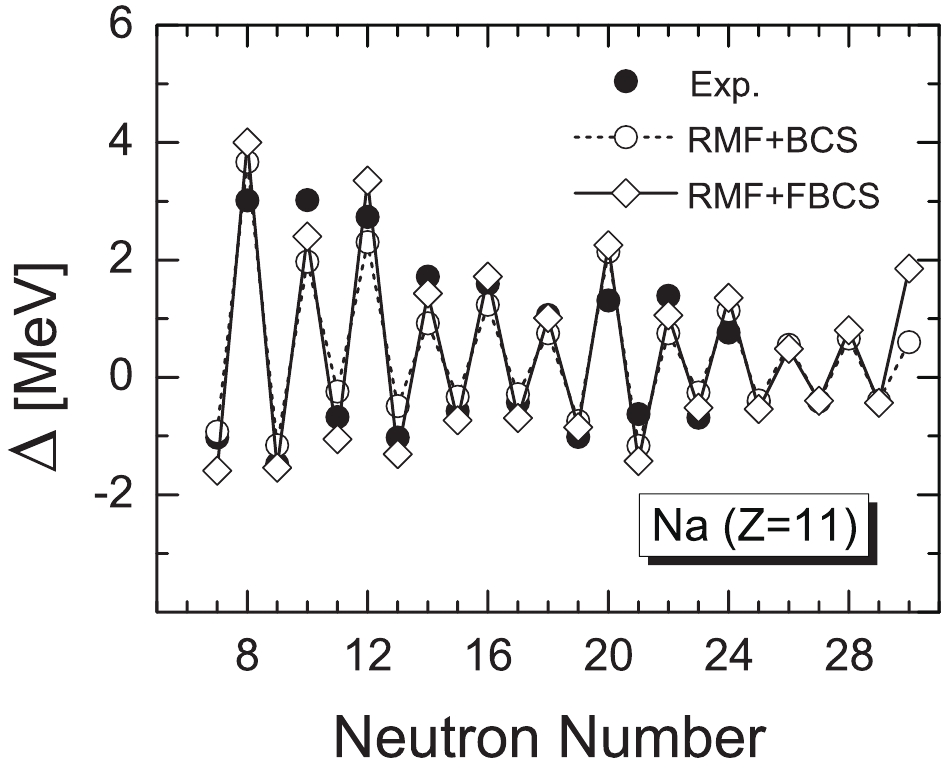 Figure6. Same as Fig. 2, for sodium isotopes.
Figure6. Same as Fig. 2, for sodium isotopes.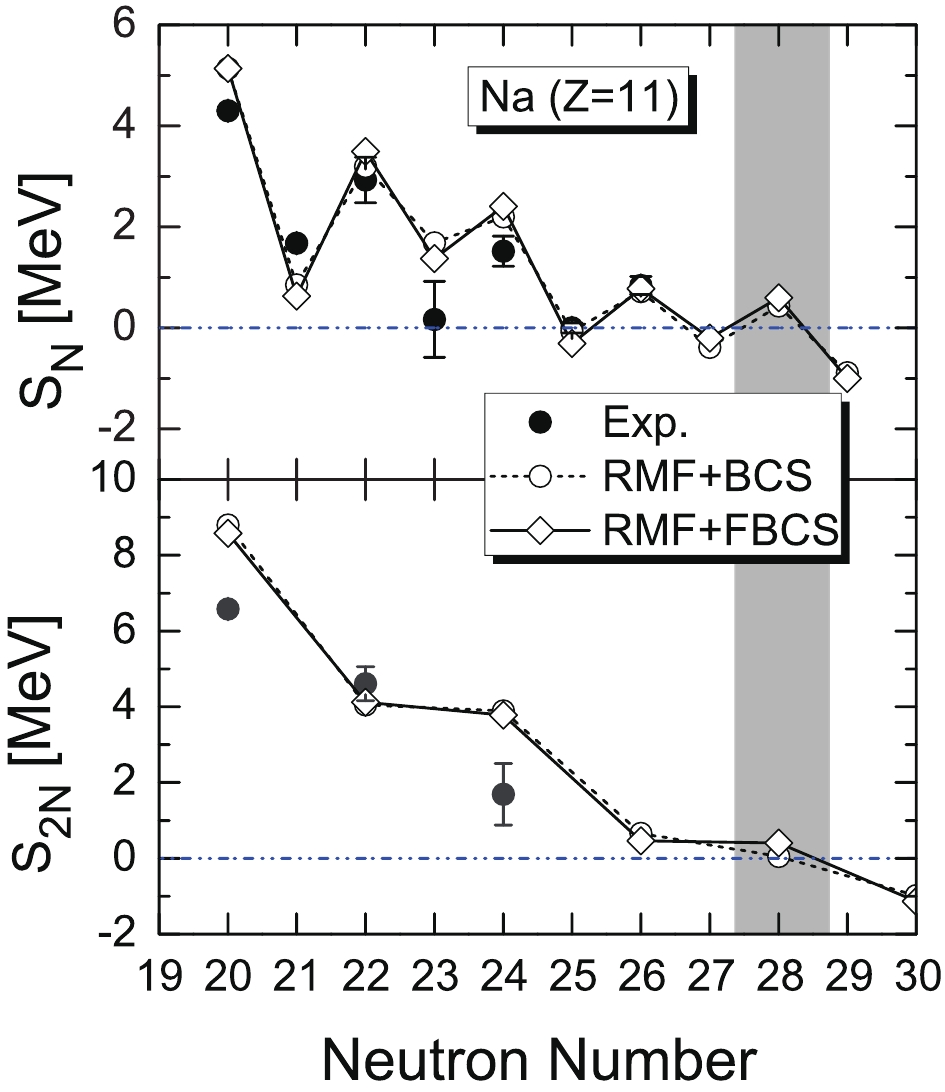 Figure7. Same as Fig. 3, for sodium isotopes.
Figure7. Same as Fig. 3, for sodium isotopes.The sodium isotopes provide a good opportunity to study the neutron density distributions over a wide range of neutron numbers. In Ref. [36], a systematic study of nuclear density distributions in the sodium isotopes within the RMF model is discussed, with the pairing and blocking effect for odd particle systems properly described by the relativistic Hartree–Bogoliubov (HB) theory in coordinate space. In this study, the neutron drip-line nucleus was predicted to be 45Na. As the orbital
2
3.4.Magnesium isotopes
The odd–even mass staggerings and one- and two-neutron separation energies of the magnesium isotopes are shown in Figs. 8 and 9. From the two-neutron separation energies, we conclude that 40Mg is the last bound magnesium isotope. In the BCS approach, 42Mg is the last bound magnesium isotope. From Table 1, it is clear that model predictions differ significantly, yielding either 40Mg, 42Mg, or 46Mg as the last bound magnesium isotope. Future experiments are required to settle this issue.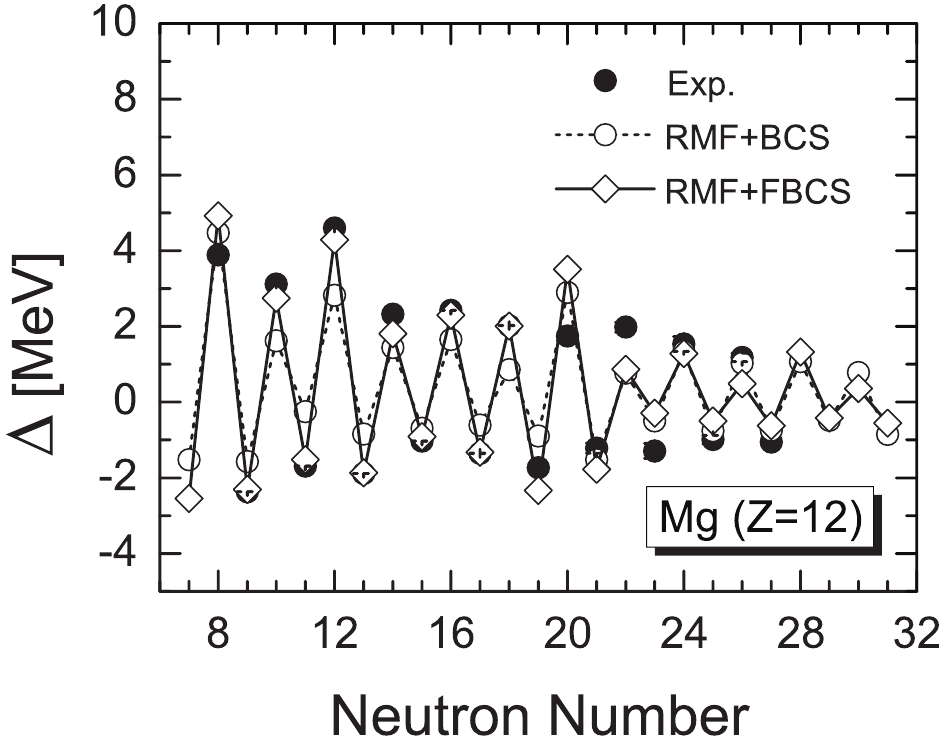 Figure8. Same as Fig. 2, for magnesium isotopes.
Figure8. Same as Fig. 2, for magnesium isotopes.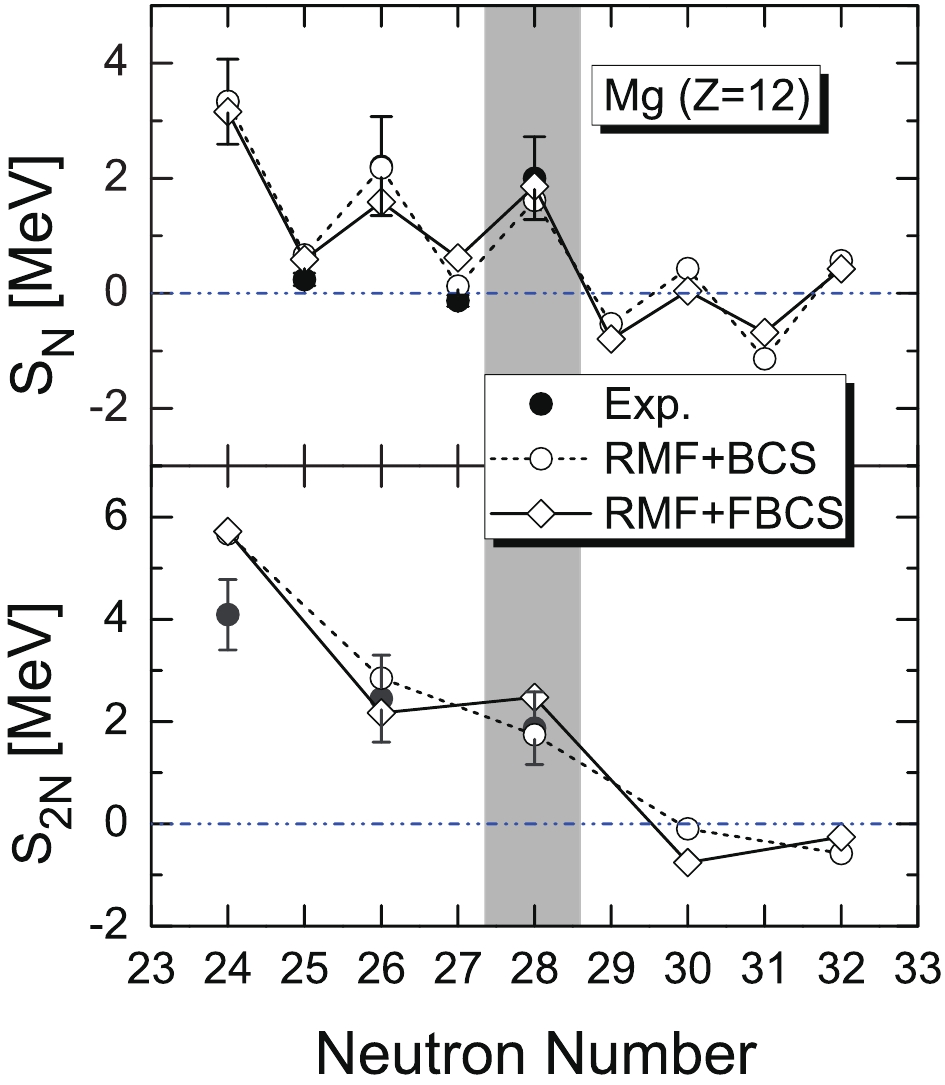 Figure9. Same as Fig. 3, for magnesium isotopes.
Figure9. Same as Fig. 3, for magnesium isotopes.Interestingly, we note from Table 1 that the macroscopic–microscopic mass formula WS4 yields the correct drip-line nuclei 24O and 34Ne, except for 31F. For sodium isotopes, it predicts 37Na as the last bound neutron-rich nucleus, which is different from our prediction, 39Na. For the case of magnesium, it predicts 40Mg as the drip-line nucleus, which is in agreement with the RMF+FBCS approach. Moreover, the WS4 mass formula achieved a description of all existing data at that time with a root-mean-square deviation of 298 keV [21].
We employed the expansion method based on the harmonic oscillator basis, which may not be sufficient to account for the continuum effect, though the correct reproduction of the fluorine and neon drip line provide us some confidence in the present study. In the future, the deformed relativistic Hartree-Bogoliubov theory in continuum (DRHBc) may need to be applied [35, 45] to study the impact of the continuum. However, a proper treatment of pairing correlations, particularly from the perspective of particle number conservation, needs to be implemented. In the present study, we adopted the density-independent contact delta interaction in the particle–particle channel; however, we do not anticipate that our conclusion will change if other forms of the pairing interaction, such as finite range or density-dependent pairing interactions, are considered. Nevertheless, this should be explicitly studied in the future.
As demonstrated in the present study, a proper description of drip-line phenomena is challenging. It requires a proper treatment of numerous effects, including but not limited to the pairing correlation, as well as the deformation and continuum effects. This study shows that the particle number conservation effect can play a relevant role in identifying the position of the drip line. Further studies are required in the future to corroborate these findings.
